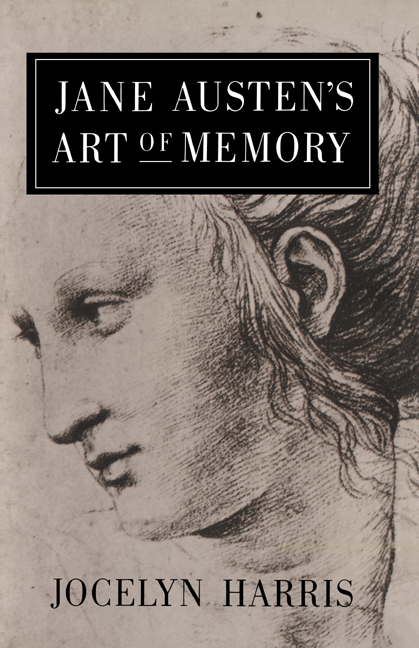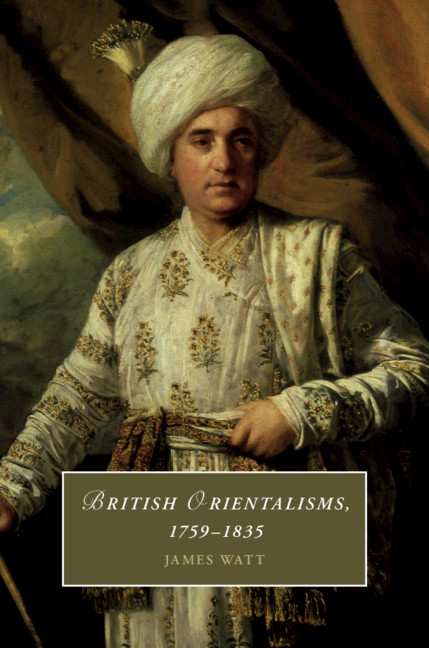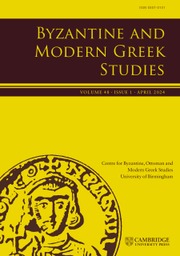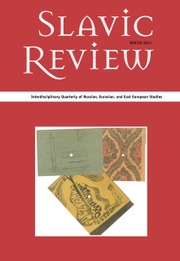Embodied Experience in British and French Literature, 1778–1814
Combining feminist, materialist, and comparatist approaches, this study examines how French and British women writers working at a transformative time for European literature connected vibrantly to objects as diverse as statues, monuments, diamonds, and hats. In such connections, they manifested their own (often forbidden) embodiment and asserted their élan vital. Interweaving texts by Edgeworth, Staël, Bernardin, Wordsworth, Smith, and Burney, Jillian Heydt-Stevenson posits the concept of belonging with, a generative, embodied experience of the nonhuman that foregrounds the interdependence among things, women, social systems, and justice. Exploring the benefits such embodied experiences offer, this book uncovers an ethical materialism in literature and illuminates how women characters who draw on things can secure rights that laws neither stipulate nor safeguard. In doing so, they-and their texts-transcend dualistic thinking to create positive ecological, personal, and political outcomes. This title is also available as Open Access on Cambridge Core.
- Introduces the positive and generative concept of 'belonging with,' revealing how 18th- and 19th-century authors developed thing-theories and encouraged ethical materialism well before 20th-century philosophers made this approach significant and popular in relation to our climate crisis
- Provides original feminist readings that reinforce the necessity of female embodiment, which fortifies respect for women, the nonhuman, and the connections between them
- The first study to combine comparatist, feminist, historicist, and inter-disciplinary readings of objects in French and British texts; it stimulates discussions about how to preserve the rights of both human and non-human, and argues that they must be seen as inextricably connected
Reviews & endorsements
'How do you say “we're all kind of the same” without lapsing into the white supremacy and patriarchy – and speciesism – that contaminated how that was said in the Enlightenment? This is, to put it mildly, an important question right now. And this book does a wonderful, deep-tissue scholarship version of addressing that question. It's beautifully written, international in scope and packed with insight, and its apparatus is scintillating and kaleidoscopic like a titanic tin of Quality Street. Heydt-Stevenson shows us that good work in the humanities can change the direction of thinking, not just about novels and poems, but in 'philosophy', 'culture' and even science.' Timothy Morton, author of Hell: In Search of a Christian Ecology
'Setting out an energizing and moving account of the interweaving of humans with things, this book takes a richly comparative approach to exchanges between British and French fiction. Across her radiant readings, Heydt-Stevenson unearths new insights into gender and materiality, producing an important and vital story of how characters belong with the worlds around them.' Chloe Wigston Smith, Professor of Eighteenth-Century Studies, University of York
Product details
January 2025Hardback
9781009463980
314 pages
235 × 160 × 20 mm
0.588kg
Available
Table of Contents
- Introduction: the 'delectable valleys' of things
- 1. Moving together: restoring imperfection in the Venus de' Medici and lady Delacour
- 2. A resuscitating thing theory: gender and embodied cosmopolitanism in Corinne ou l'Italie's monuments
- 3. Listening to the radiant voices of others: Diamonds and Jewels in Les bijoux indiscrets and Belinda
- 4. Recycling and re-embodying, twining and untwining: Paul et Virginie and its after-things
- 5. Recognizing the right to protection: the scandal and sanctuary of hats in Evelina, the Wanderer, and Desmond
- 6. Conclusion: living in a material World
- Select bibliography
- Index.






